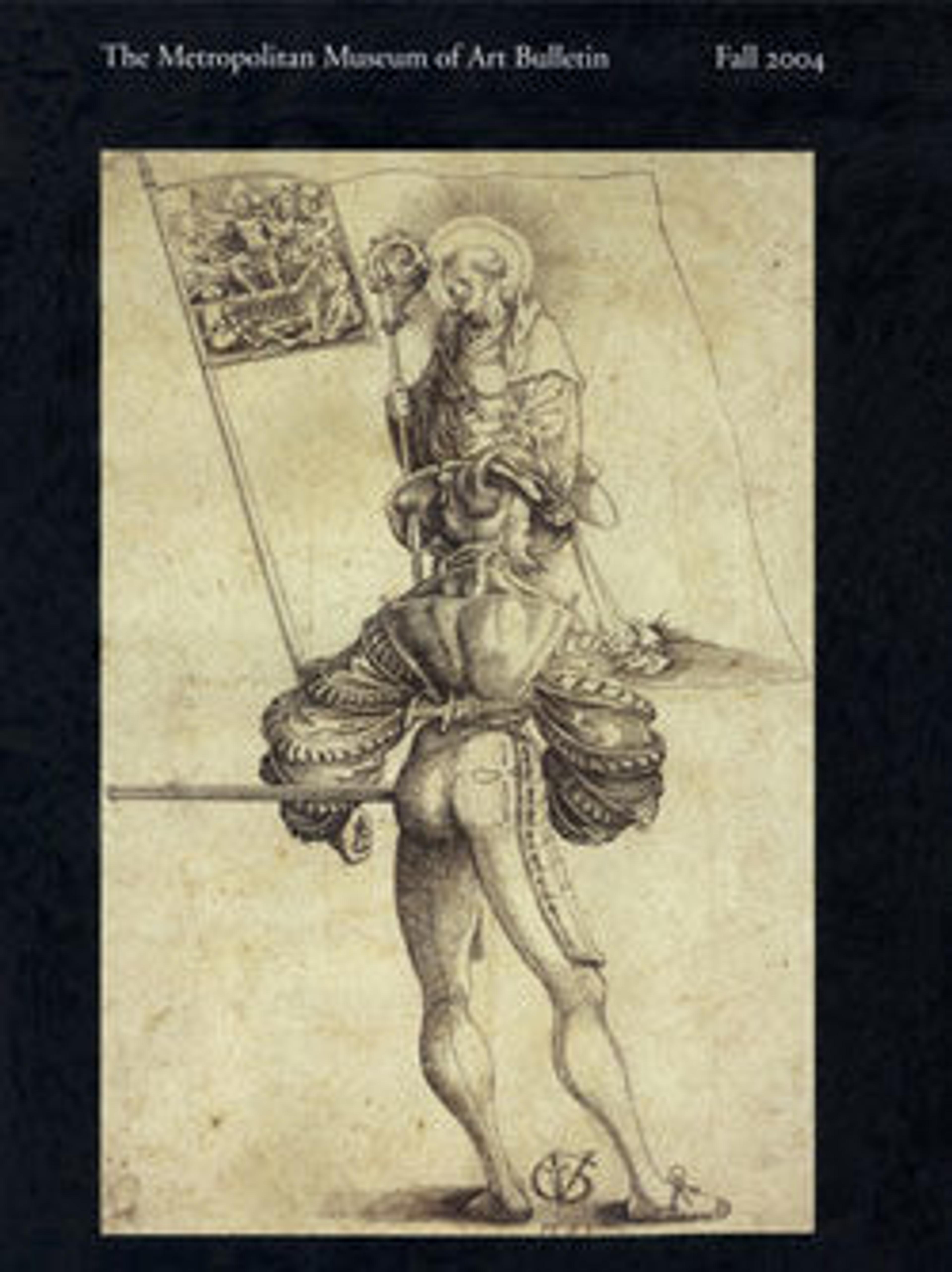Clarinet in D
The Astor workshop was established in London by the two brothers Georg (George) Peter Astor (born Waldorf/Heidelberg, Germany, 28 April 1752; died London December 1813) and Johann (John) Jacob Astor (born Waldorf 17 July 1763; died New York 28/29 March 1848) around 1780. In 1783 John Jacob left for Baltimore. The workshop was at the address 79 Cornhill between 1797/8 and 1814. (Waterhouse, NLI, 12).
Overall size: 544
Bore: c-hole 12.9; f-hole 13.0
Conical part: 97
Technical description: Ebony with ivory ferrules and silver keywork. Five pieces: mouthpiece, barrel, upper section, lower section, bell. English-style long tenon ivory mouthpiece grooved for cord. English-style flask shaped barrel. Speaker liner projects almost to the centre of the bore. On upper joint some pins to prevent the wood from cracking. Throat A and speaker key mounted in rudiments of round turned wooden rings. Cross keys for E♭4/B♭5 and B♮3/F♯5 mounted in saddles. Levers for L4, tone-hole and key for R4 mounted in a bell-shaped swelling. Zig-zag F♯3/C♯5 lever guided in a wooden block. All flaps bevelled.
L0: T; speaker.
L1: T; throat A♮.
L2: T.
L3: T; E♭4/B♭5.
L4: E3/B♮4; F♯3/C♯5.
R1: T; trill key for throat A-B♮.
R2: T; B♮3/F♯5.
R3: T.
R4: T; G♯3/E♭5.
Keyhead type: square flat
Keymount type: blocks, selling, saddles.
Inscribed on all pieces except mouthpiece "ASTOR & CO / LONDON" / unicorn head, on bell "ASTOR & CO / 79 / CORNHILL / LONDON" / unicorn head.
Keys bear the London silver-smith hallmark for the year 1820/ 21.
Playing accessories: One reed and a cord (very inappropriate)
(Heike Fricke, 2014)
Overall size: 544
Bore: c-hole 12.9; f-hole 13.0
Conical part: 97
Technical description: Ebony with ivory ferrules and silver keywork. Five pieces: mouthpiece, barrel, upper section, lower section, bell. English-style long tenon ivory mouthpiece grooved for cord. English-style flask shaped barrel. Speaker liner projects almost to the centre of the bore. On upper joint some pins to prevent the wood from cracking. Throat A and speaker key mounted in rudiments of round turned wooden rings. Cross keys for E♭4/B♭5 and B♮3/F♯5 mounted in saddles. Levers for L4, tone-hole and key for R4 mounted in a bell-shaped swelling. Zig-zag F♯3/C♯5 lever guided in a wooden block. All flaps bevelled.
L0: T; speaker.
L1: T; throat A♮.
L2: T.
L3: T; E♭4/B♭5.
L4: E3/B♮4; F♯3/C♯5.
R1: T; trill key for throat A-B♮.
R2: T; B♮3/F♯5.
R3: T.
R4: T; G♯3/E♭5.
Keyhead type: square flat
Keymount type: blocks, selling, saddles.
Inscribed on all pieces except mouthpiece "ASTOR & CO / LONDON" / unicorn head, on bell "ASTOR & CO / 79 / CORNHILL / LONDON" / unicorn head.
Keys bear the London silver-smith hallmark for the year 1820/ 21.
Playing accessories: One reed and a cord (very inappropriate)
(Heike Fricke, 2014)
Artwork Details
- Title:Clarinet in D
- Maker:Astor & Co. (1778–1831)
- Date:1820 or 1821
- Geography:London, England, United Kingdom
- Culture:British
- Medium:Ebony, ivory, sterling silver
- Dimensions:L. 21 1/2 in. (54.6 cm)
- Classification:Aerophone-Reed Vibrated-single reed cylindrical
- Credit Line:Purchase, Robert Alonzo Lehman Bequest, 2003
- Object Number:2003.343
- Curatorial Department: Musical Instruments
More Artwork
Research Resources
The Met provides unparalleled resources for research and welcomes an international community of students and scholars. The Met's Open Access API is where creators and researchers can connect to the The Met collection. Open Access data and public domain images are available for unrestricted commercial and noncommercial use without permission or fee.
To request images under copyright and other restrictions, please use this Image Request form.
Feedback
We continue to research and examine historical and cultural context for objects in The Met collection. If you have comments or questions about this object record, please contact us using the form below. The Museum looks forward to receiving your comments.
